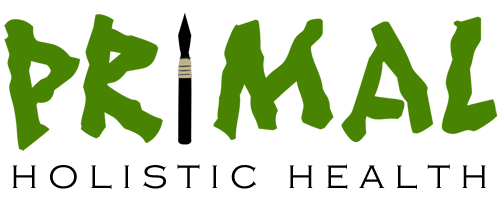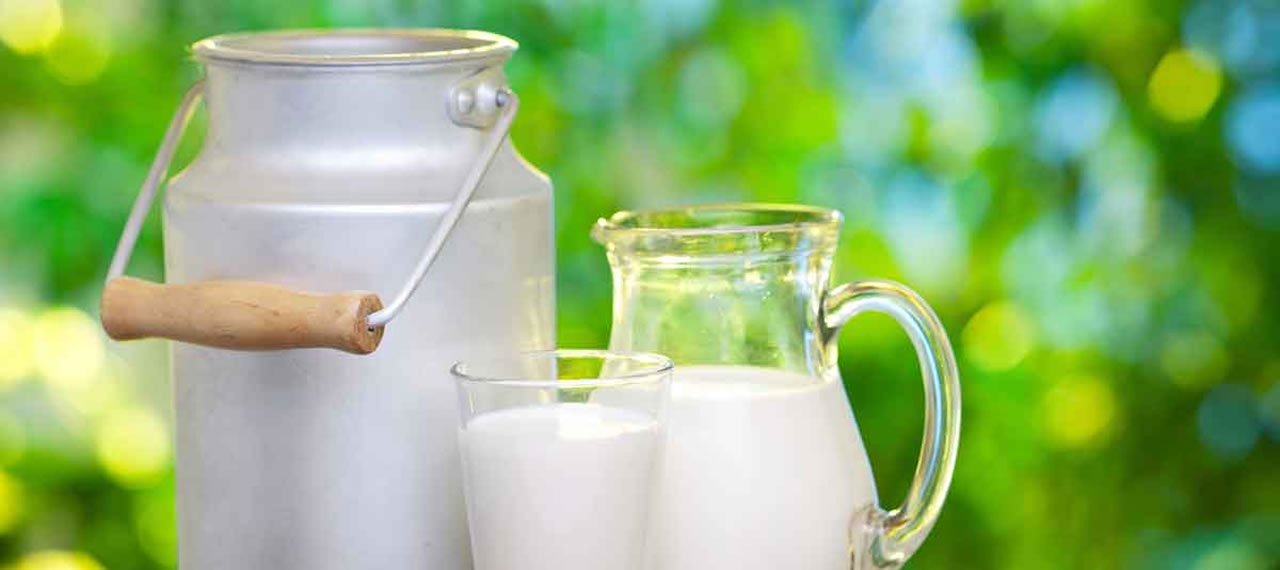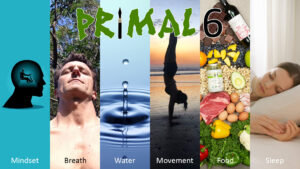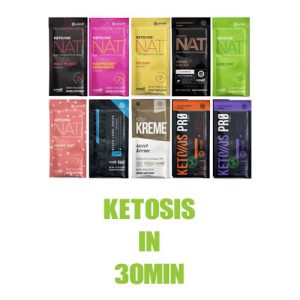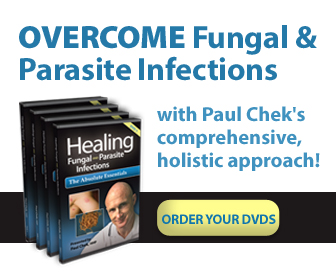The conflicting information is driving us all mad!! On the one hand we hear: Milk Does a Body Good!. It’s essential for calcium requirements, Vitamin D, strong bones and healthy children. On the other hand we hear: Milk causes mucus. It leads to lactose intolerance and ear infections. It’s too fatty. It contains Bovine Growth Hormone. Our societal response to this confusion is low-fat milk, skim milk, no-fat milk, soy milk, rice milk, almond milk, oat milk, organic milk, BGH-free milk, no milk. Just more confusion. So what’s gone wrong and where do we go from here?
Once Upon a Time…The Milk Was Raw
As far back as 9,000 years ago, cows, sheep, goats, water buffalo and camels munched exclusively on the rapidly growing green grass of early spring and fall. Milk was squeezed from the healthy animals udders, then drunk fresh by humans. The fresh milk these animals produced provided animal protein and fat, a rich supply of vitamins and minerals, and other life-giving enzymes and nutrients to the healthy nomadic and agricultural societies of some parts of the world. When the milk sat out for too long, it didn’t go off, but instead, it simply soured and became cream cheese and whey. Many of these traditional societies further fermented or soured the milk to produce yoghurt, cheese, buttermilk, kefir and sour cream… foods full of friendly bacteria and digestive enzymes.
Today the Milk is Diseased and Processed
In today’s industrial society, dairy cows have little or no access to their proper diet of green grass. Instead, they are fed high-protein soybean meal which stimulates them to produce more milk but in turn leads to high rates of mastitis, liver problems and other illnesses. The cows are given genetically engineered growth hormones so that they will produce huge amounts of milk, but too much growth hormones leads to growth abnormalities and possibly tumour formations and cancers. With her new diet and hormones, today’s cow is prone to so many diseases that she almost always excretes pus into her milk and needs frequent doses of antibiotics. Needless to say, her milk is just as diseased as she is.
Pasteurisation: Processing the Milk
So in an attempt to protect himself against disease, man pasteurises the diseased milk, subjecting it to extremely high heats. This actually further degrades the milk in numerous ways:
- Pasteurisation is no guarantee of cleanliness: In recent decades, all outbreaks of salmonella (and there have been many) have occurred in pasteurised milk.
- Pasteurisation destroys all the enzymes in milk, including lactase, which helps digest lactose (contributing to lactose intolerance), and numerous enzymes which help the body absorb calcium and other minerals. This puts a strain on the pancreas to produce digestive enzymes.
- Pasteurisation destroys friendly lactic-acid producing bacteria in milk which aid digestion and protect against pathogens (making it vulnerable to rancidity and salmonella).
- Pasteurisation promotes rancidity of milk’s fatty acids and alters the amino acids (proteins).
- Pasteurisation promotes destruction of vitamins. Vitamin loss is usually 50-80%.
A tale of two calves one calf was fed on raw milk, the other on pasteurised
The Final Touches: Toxification
The milk is not quite ready for the supermarket shelves yet. Next, chemicals may be added to suppress the bad odour and bring back the normal taste (both a result of the pasteurisation). Synthetic vitamin D3 is added, which is hard for the body to absorb, and synthetic D2 is added, which has been linked to heart disease among other things. Powdered skim milk is added to certain varieties, which contains rancid fats harmful to the arteries, nitrate compounds that are potent carcinogens, and a neurotoxin called free glutamic acid. Lastly, the milk is homogenised, which has also been linked to heart disease.
Which Types of Milk Should We Drink?
| X | Non-fat and Low-fat Milk: Diseased and Pasteurised. Plus, these are the varieties that powdered skim milk is added to, which I just described in the last paragraph as a toxic mess. |
| X | Soy Milk: Most soybeans are genetically modified. Unfermented soy can greatly disrupt the hormonal and digestive system. Most soy milks contain sugar. |
| X | Oat Milk, Almond Milk, Rice Milk: Processed and/or unsoaked grains and nuts strain the digestive system. The extrusion process used to get milk from grains or nuts often involves high heat and pressure which renders the food rancid and devoid of nutrients. |
| X | Organic Milk:Healthy cows, healthy milk but then what a shame pasteurised! If you absolutely must have milk and can’t get it raw, this is the better bad choice. |
| v | Raw Milk:Healthy, life-giving milk like our ancient ancestors drank. The bad news: thanks to pasteurisation laws in Australia and America, it is illegal to sell raw milk as food. The good news: you can buy delicious raw milk sold as bath milk for cosmetic purposes. Contact me to find out where! |
| v | No Milk:If you don’t have access to good quality raw milk, remove milk from your diet altogether. Milk’s main partners in crime cereal and coffee aren’t doing your health many favours either. |
What About Calcium?
Many of us are determined to drink milk because we’ve been led to believe that it is the only way to get enough calcium in our diet (by the dairy companies marketing). However, hasn’t anyone noticed that Western nations with high dairy consumption still have high rates of osteoporosis and tooth decay? Reasons for this include:
- Pasteurisation thwarts all the body’s chances of absorbing calcium from milk.
- Sugar consumption and stress (both rampant in our society) both pull calcium from the bones.
- Phytic acid in unsoaked grains (consumed recklessly in our society) inhibits calcium absorption.
- Sufficient Vitamin D is needed for calcium absorption. Yet we shy away from some of the best sources of
Vit D: the sun, organ meats, eggs, and butterfat. - Magnesium, Calcium, Vitamin D, Vitamin K, Potassium and other nutrients need to be obtained in proper balance
to provide optimal bone health (the average Western diet is often lacking).
In many Asian countries and other societies where dairy is not consumed, bone broth is a diet staple. This is a highly nutritious addition to any diet.Other good sources of calcium include leafy greens, nuts, oranges, broccoli, sweet potatoes, sardines and wild salmon.
Other Dairy: Yoghurt, Cheese, Butter and more
Only in the West is milk consumed in an unfermented or uncultured state. Pre-industrial societies consumed milk as yoghurt, cheese, butter, sour cream, buttermilk, kefir, curds and whey. If made properly from good-quality dairy, these foods have tremendous health benefits. Raw is still best, but these foods can still be beneficial when pasteurised. The process of fermenting or souring milk partially breaks down lactose (milk sugar), predigests casein (one of the most difficult proteins for the body to digest), and increases vitamin content. Adding a culture to the milk (such as with yoghurt) restores many of the enzymes destroyed during pasteurisation and provides friendly bacteria and lactic acid to keep pathogens away, guard against infectious illnesses and aid in digestion of all food intake.
Your Final Decision
Since we have veered so far from our ancestral ways, food choices are an increasingly confusing and stressful issue. After all you have read here, you will also find lots of articles and people telling you that raw milk is unsafe and pasteurisation is very safe. My advice: instead of following the pack or stressing (both detrimental), do some reading, gather some information and make the right choice for you. If you need guidance in doing this, just give me a shout !
Yours in health, Bex
Resources:
– Nourishing Traditions; Sally Fallon. Washington DC: New Trends Publishing, 1999.
– The Primal Blueprint; Mark Sisson. California: Primal Nutrition, Inc. 2009.
– How to Eat, Move and Be Healthy; Paul Chek. California: C.H.E.K. Institiute. 2006
– The Bovine: Freedom of Choice. http://thebovine.wordpress.com/
How Milk Became So Dangerous – July 2012
